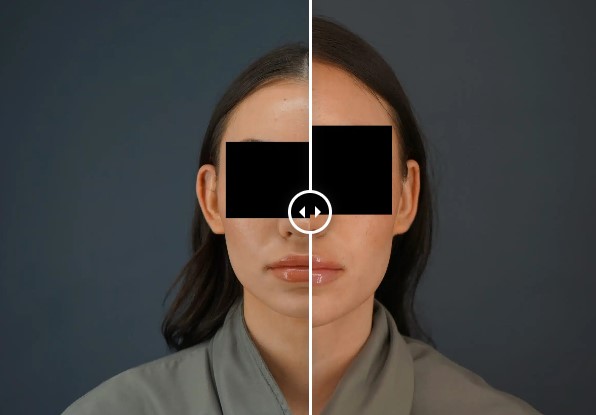In today’s world of advanced medical aesthetics, surgical procedures aimed at correcting or enhancing facial features have gained immense popularity. Among these, ear surgery stands out for its subtle yet powerful transformation. This procedure, commonly known as otoplasty, is designed to reshape or reposition the ears, providing both cosmetic enhancement and psychological benefits. Many individuals, especially those with prominent or asymmetrical ears, seek ear surgery to improve their appearance and boost self-esteem.
What is Ear Surgery?
Ear surgery, or otoplasty, involves reshaping the outer ear (auricle) to improve its form, size, or position. Often performed on children and adults alike, this surgery can address congenital ear deformities, injuries, or simply aesthetic concerns. The goal is to create a natural and symmetrical look that harmonizes with other facial features. The procedure is typically conducted under local or general anesthesia, depending on the patient's age and the extent of correction needed.
Why People Choose Ear Plastic Surgery
The decision to undergo ear plastic surgery is often driven by personal and social factors. Children with protruding ears may face bullying or teasing, while adults might experience self-consciousness or dissatisfaction with their appearance. By addressing these concerns, ear plastic surgery can significantly improve one’s confidence and quality of life. The results are usually permanent, with minimal scarring as the incisions are made behind the ears or within natural creases.
Aside from aesthetic reasons, some patients opt for the surgery after trauma or reconstructive procedures. The advancements in medical techniques now allow for more precise and less invasive operations, making recovery faster and outcomes more predictable.
The Process and Recovery
The otoplasty procedure typically takes about one to two hours, depending on the complexity. Surgeons make incisions behind the ear to access cartilage, which is then reshaped, repositioned, or sometimes removed. The ear is then secured with internal stitches and bandaged to aid healing.
Recovery usually takes about a week, with patients advised to avoid sleeping on their sides and engaging in strenuous activities. Mild swelling, bruising, or discomfort may occur initially, but these symptoms subside within days. Most patients return to normal activities relatively quickly, and the final results become more visible within a few weeks.
Conclusion
In summary, whether you are seeking correction for congenital issues, injury-related deformities, or aesthetic refinement, otoplasty surgery offers a safe and effective solution. With modern techniques and skilled professionals, patients can expect natural-looking results and renewed self-confidence. As with any surgical procedure, consulting with a qualified specialist and understanding the expectations are essential steps toward achieving a satisfying outcome.
By exploring options like otoplasty, individuals now have the chance to harmonize their features and embrace their appearance with confidence.





Comments